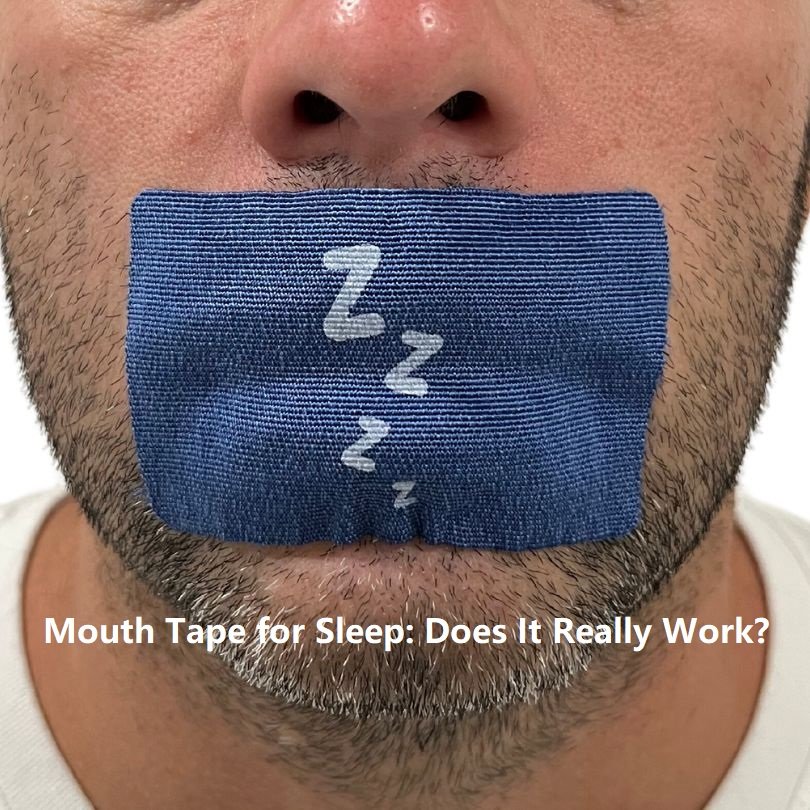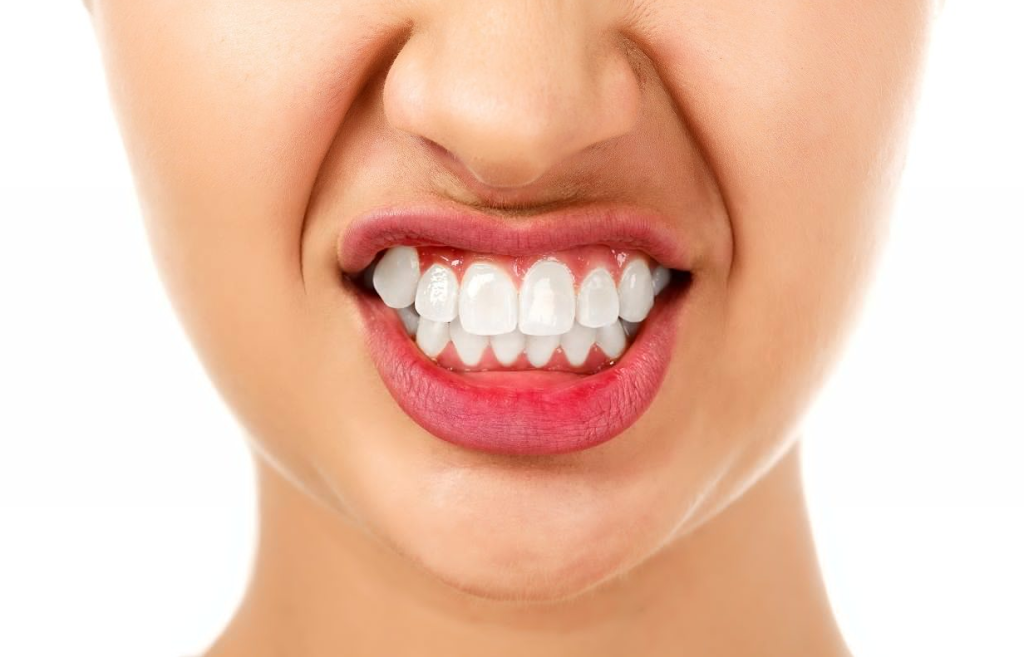What Causes Open-Mouth Breathing?
Open-mouth breathing can occur for several reasons, often linked to underlying health issues. Common causes include nasal obstructions from allergies, colds, or anatomical factors like a deviated septum. According to the Frontier in Medicine, about 400 million people worldwide have allergic rhinitis, leading to chronic nasal congestion. In children, enlarged tonsils and adenoids frequently contribute to this condition. Addressing these issues can help in restoring normal breathing patterns, reducing the risk of complications linked to mouth breathing.
Impact of Environmental Factors
Environmental factors also play a significant role in mouth breathing. Poor air quality, dust, and exposure to allergens can exacerbate nasal congestion and lead individuals to breathe through their mouths. In addition, lifestyle factors such as obesity can contribute to obstructed airflow through the nose, further promoting mouth breathing.
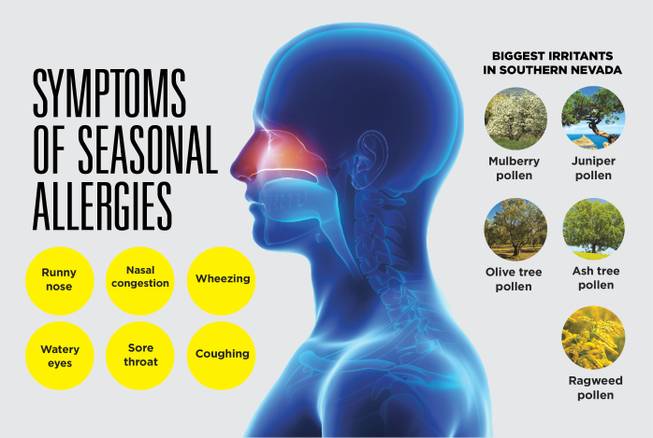
How Does Mouth Breathing Change the Shape of Your Mouth?
Mouth breathing can significantly alter the structure of your oral cavity and facial shape over time. Dr. John Mew explains that habitual mouth breathing can cause the upper jaw to narrow and the dental arch to flatten, leading to an “adenoid facies.” This condition is characterized by a long, narrow face and a high-arched palate. Research published in the Bioscience highlights that mouth breathers often develop malocclusion, which affects teeth alignment and overall oral health. Statistics show that about 25% of children and adults who breathe through their mouths can experience these changes, impacting both aesthetics and functionality.
Long-term Consequences
These physical alterations not only affect appearance but can also lead to further complications such as speech issues and difficulty in chewing. Understanding these implications can motivate individuals to seek remedies like mouth taping, which encourages proper nasal breathing and may help reverse some of these changes.
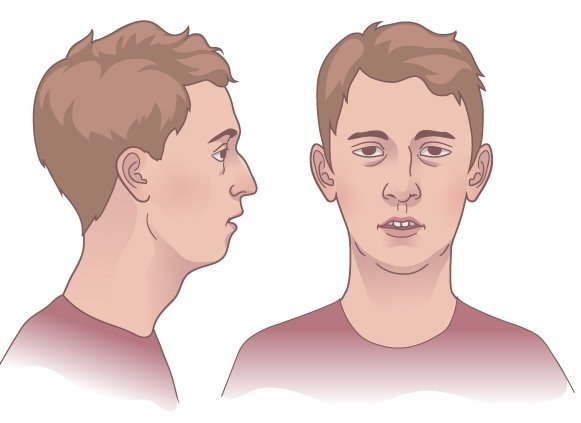
What Is Mouth Taping?
Mouth taping is a simple practice designed to encourage nasal breathing by temporarily sealing the lips during sleep or certain activities. By using a gentle adhesive tape specifically designed for this purpose, individuals create a barrier that naturally promotes breath through the nose instead of the mouth.
To learn why mouth taping is popular, please read: what are the actual benefits of mouth tape?
How Mouth Taping Works
This method works by increasing airflow resistance through the nasal passages, potentially enhancing oxygen intake and improving sleep quality. Mouth taping can lead to several positive changes, including better oral health, enhanced sleep quality, and alleviation of some symptoms associated with sleep disorders.
Can Mouth Tape Change Back the Shape of Your Mouth?
The question of whether mouth tape can reverse the structural changes caused by mouth breathing is an intriguing one. While mouth taping can help establish proper nasal breathing, the extent to which it can reshape the mouth depends on several factors, including age, duration of mouth breathing, and overall dental health.
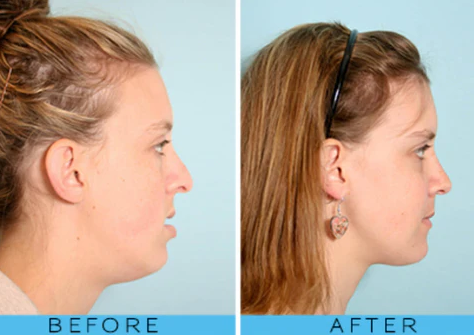
Research Insights
Research from the European Journal of Orthodontics emphasizes that early intervention is key. In children, mouth taping can correct the developmental patterns leading to a narrow dental arch and improve facial structure. In adults, benefits may be observed, but full reversal might require additional orthodontic treatment for significant structural changes. Some users have reported noticeable improvements in facial symmetry and oral health after consistent use of mouth tape for several weeks or months.
Children Breathing with Mouth and Mouth-Tape Remedy
Mouth breathing is particularly prevalent among children, often linked to allergies, enlarged tonsils, or environmental factors. This can lead to issues such as poor sleep quality, decreased concentration, and developmental challenges. According to the American Academy of Pediatrics, approximately 10-20% of children are habitual mouth breathers.
Benefits of Mouth Taping for Children
Mouth taping can serve as an effective remedy for these children, promoting nasal breathing that aids in better oxygenation and sleep quality. However, it is crucial to consult with a healthcare professional before implementing mouth taping for children. A comprehensive approach, including addressing any physiological causes, such as allergies or anatomical abnormalities, should also be part of the treatment strategy.
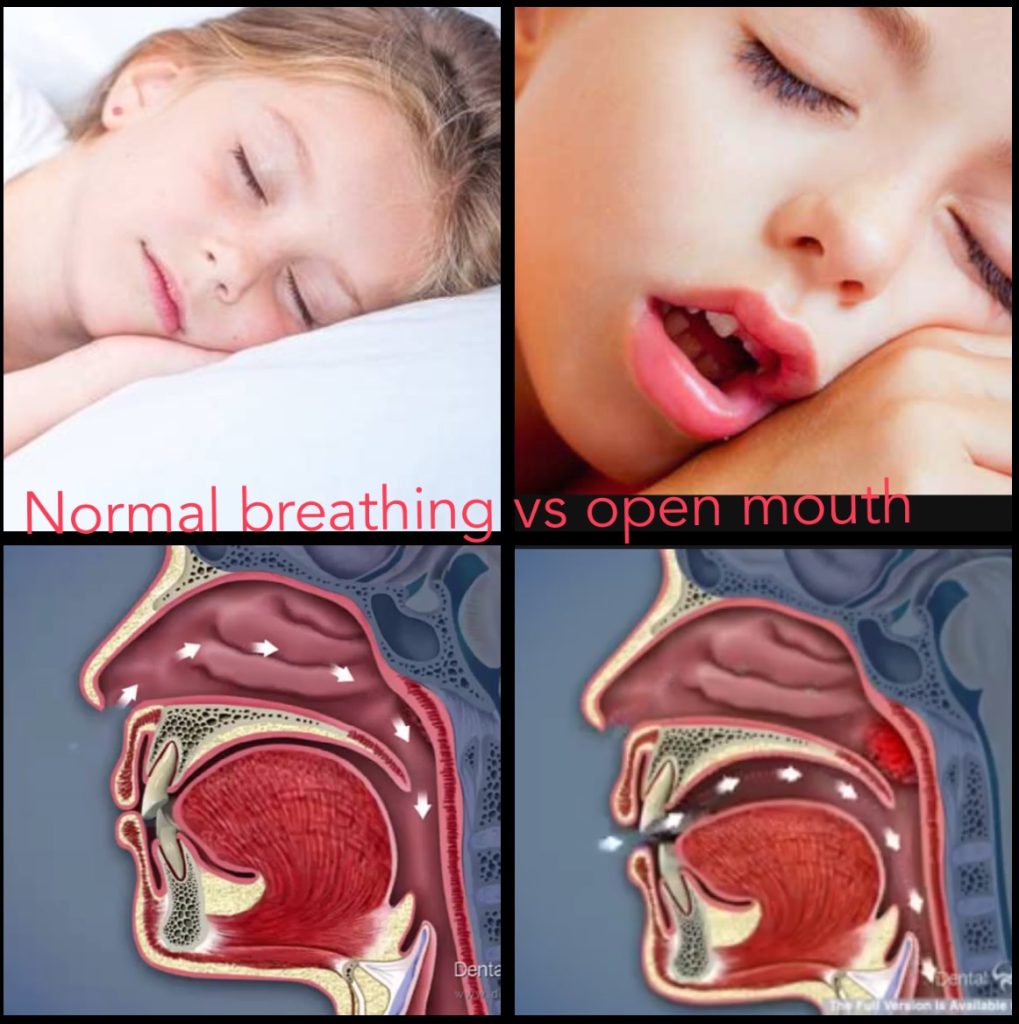
Parents should choose high-quality mouth tape designed for kids, ensuring safety and comfort. Educating children about the benefits of nasal breathing can also reinforce this practice, fostering healthier breathing habits from an early age.
Conclusion
In summary, open-mouth breathing can have significant impacts on oral structure and overall health. Mouth taping emerges as a viable solution for promoting nasal breathing and potentially reversing some of these changes. Fonitaniya™ offers effective mouth tape, especially designed for CPAP users, garnering positive feedback from consumers. With over 14 years of experience providing adhesive solutions, Fonitaniya stands out in the market, committed to enhancing breathing health for all its users.
All the mouth tape with comfort and effectivess targeting various users can be found at mouth tape category.
FAQs
What are the benefits of mouth taping?
Mouth taping encourages nasal breathing, which can improve sleep quality and reduce snoring.
Is it safe to use mouth tape while sleeping?
Yes, when used properly, mouth tape is safe and effective for encouraging nasal breathing during sleep.
Can mouth taping help with sleep apnea?
Some users report that mouth taping helps alleviate mild sleep apnea symptoms by promoting nasal breathing.
How do I remove mouth tape safely?
Gently peel it off in the morning, ensuring you don’t tug on your skin.
At what age is mouth taping recommended?
Mouth taping is generally suitable for adults and older children, but consult a healthcare professional for younger kids.

